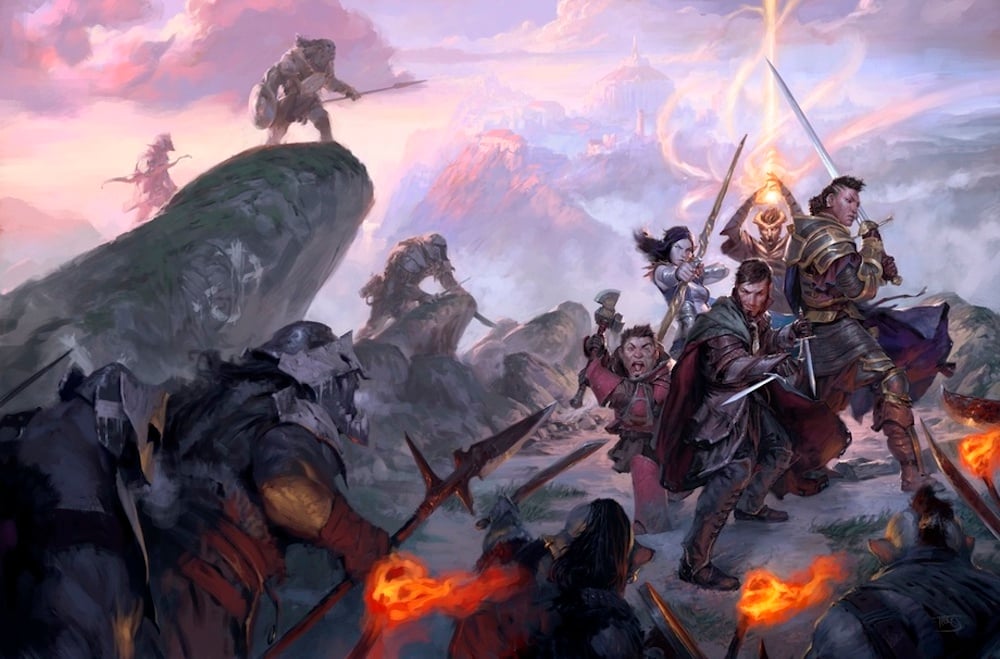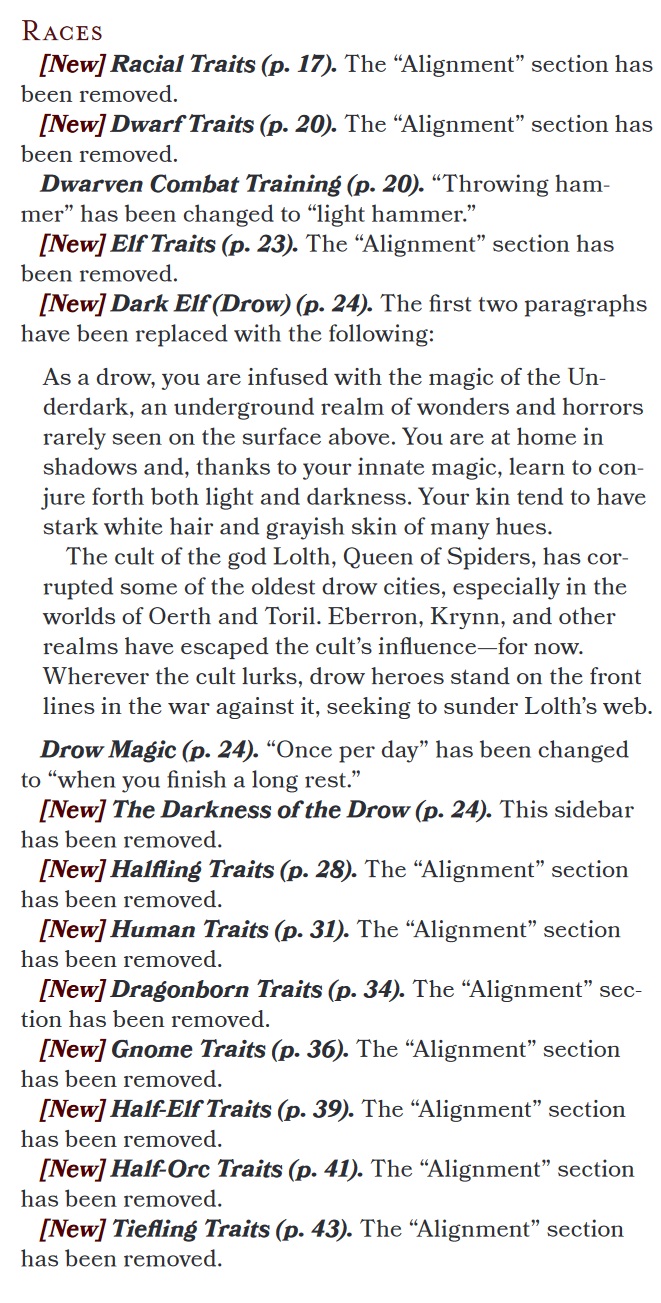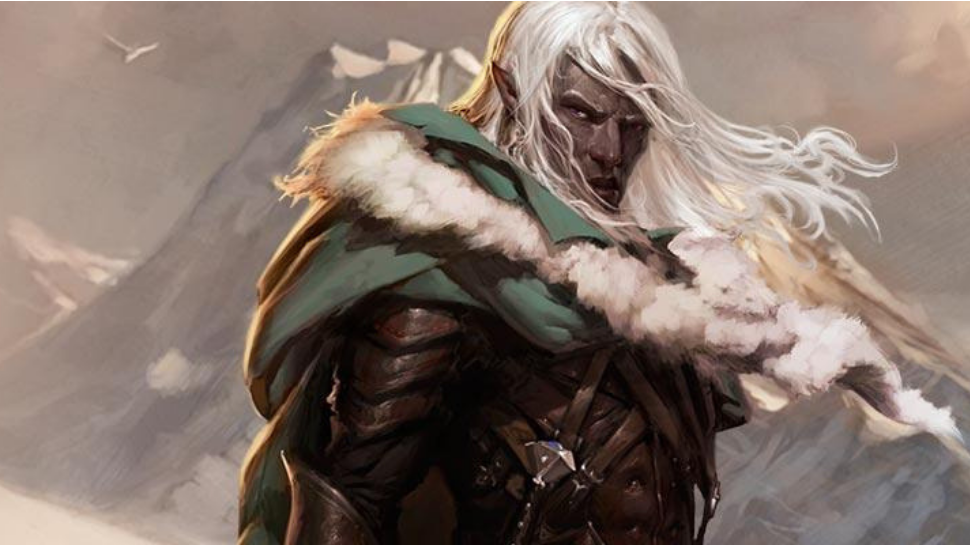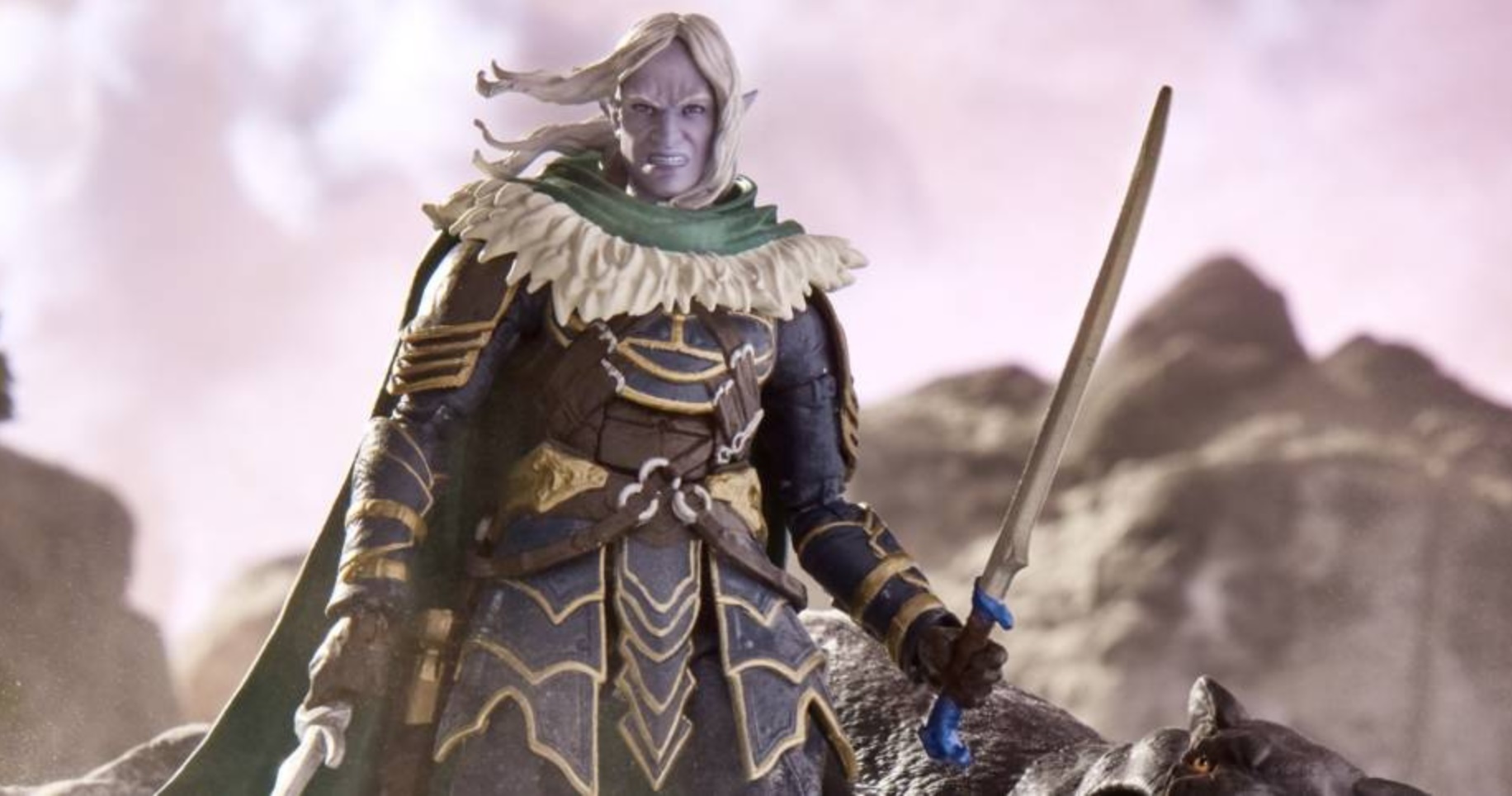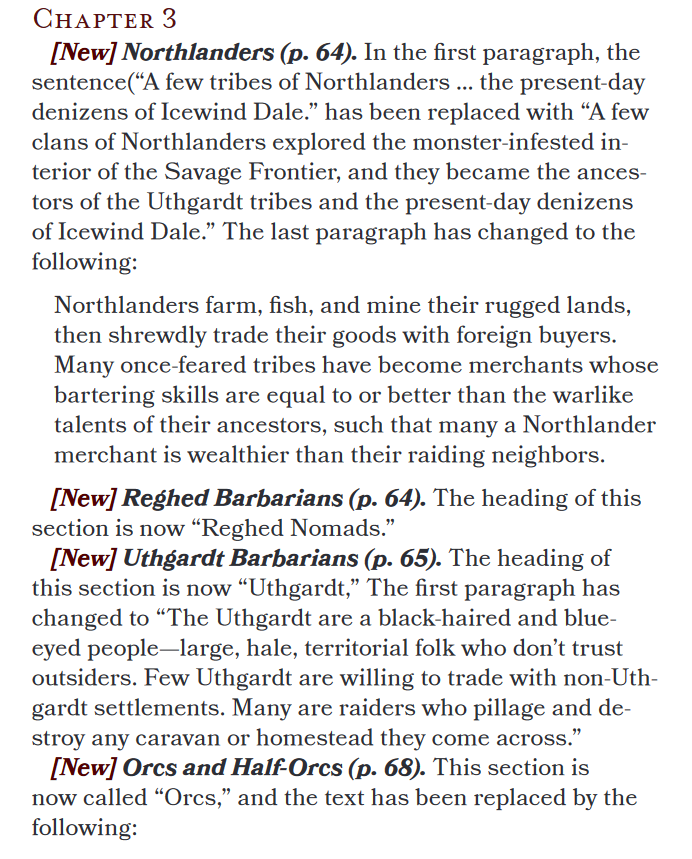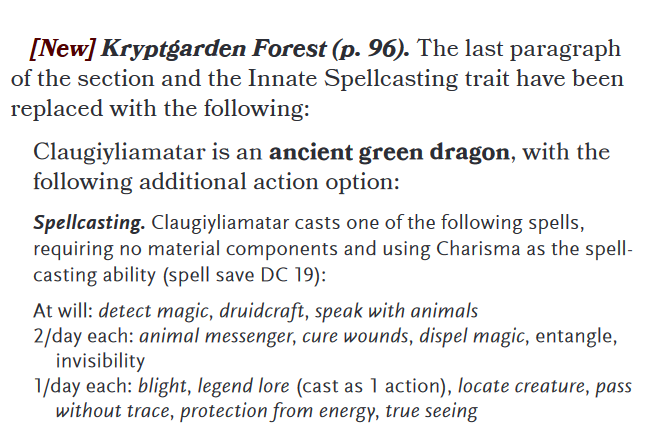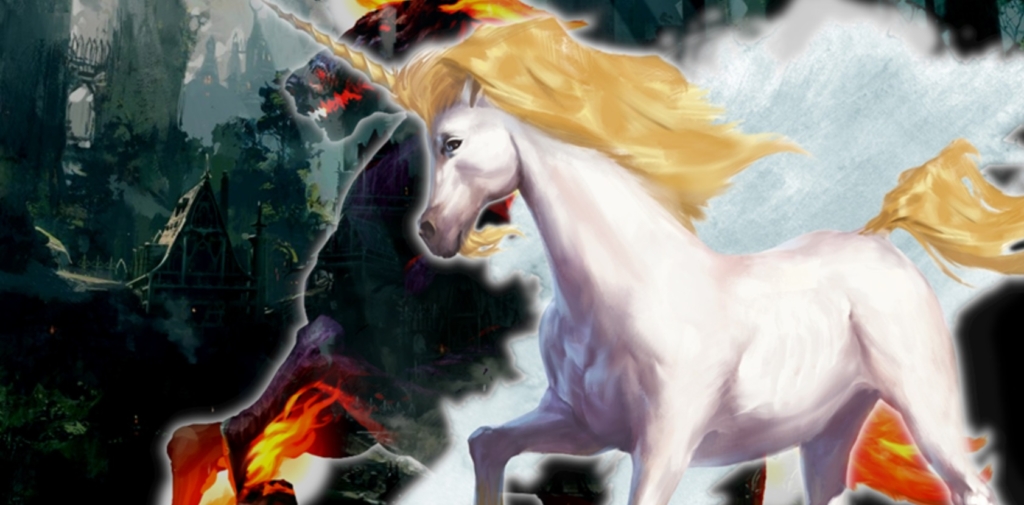D&D: WotC’s New Batch of Errata Removes Racial Alignments, Retcons Drow
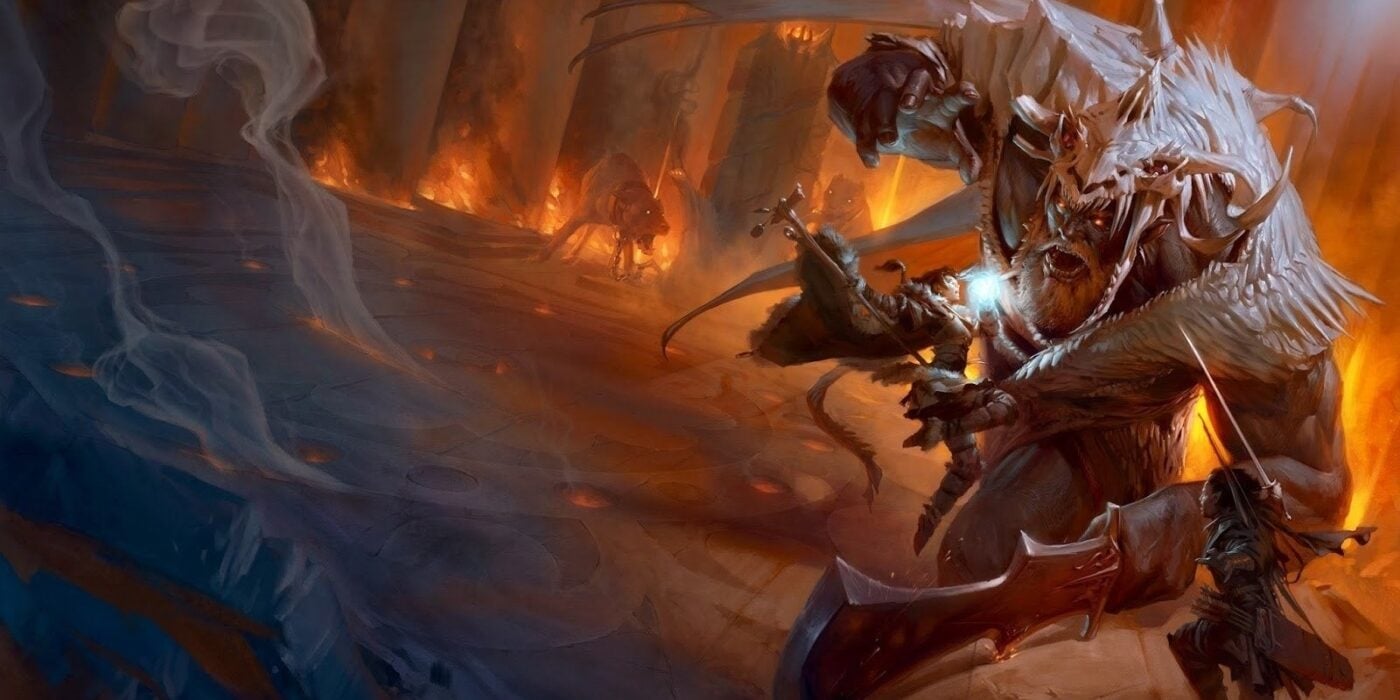

Wizards of the Coast has just released rules errata for several of their books, removing Alignments and retconning Drow away from evil.
A new batch of D&D errata from Wizards of the Coast makes big changes to several core books.
Released late yesterday, the newest Sage Advice updates the following:
- Curse of Strahd
- Dungeon Master’s Guide
- Player’s Handbook
- Storm King’s Thunder
- Sword Coast Adventurer’s Guide
- Tales from the Yawning Portal
- Tasha’s Cauldron of Everything
- Tomb of Annihilation
- Volo’s Guide to Monsters
Additionally, the changes to these PDFs, updated and tweaked over the last year, appear in recent printings, as well as on D&D Beyond and anywhere else you can find digital versions of these books.
There are a few notable changes, including a fix for Silvery Barbs, which isn’t so much a fix as it is a clarification on how Legendary Resistance works, but canny readers will also be quick to notice that the Alignment section has been moved from most of the Player Races, reflecting WotC’s recent move to position Alignment as being completely up to the player creating the character.
Along those lines, the Sage Advice Compendium also made a big change to the lore of Drow, updating the canon of 5th Edition to include recent changes to Drow lore made by R.A. Salvatore in a new novel. Starlight Enclave, which retconned Drow earlier this summer, changing them so that they are no longer exclusively an oppressive society of cruel, Lolth-worshipping dark elves who built a civilization of evil and corruption in the depths of the world.
That’s still all there, but that’s just one kind of Drow, the Udadrow, who are the same ones that have been in D&D since the beginning. But there are other societies, free from Lolth’s influence, and these Drow are positioned much more heroically in the fiction. For comparison’s sake, here’s the old description, emphasis ours:
Descended from an earlier subrace of dark-skinned elves, the drow were banished from the surface world for following the goddess Lolth down the path to evil ad corruption. Now they have built their own civilization in the depths of the Underdark, patterened after the Way of Lolth. Also called dark elves, the drow have black skin that resembles polished obsidian and stark white or pale yellow hair. They commonly have very pale eyes (so pale as to be mistaken for white) in shades of lilac, silver, pink, red, and blue. They tend to be smaller and thinner than most elves.
Drow adventurers are rare, and the race does not exist in all worlds. Check with your Dungeon Master to see if you can play a Drow character.
And here’s the new one:
As a drow, you are infused with the magic of the Underdark, an underground realm of wonders and horrors rarely seen on the surface above. You are at home in shadows and, thanks to your innate magic, learn to conjure forth both light and darkness. Your kin tend to have stark white hair and grayish skin of many hues.
The cult of the god Lolth, Queen of Spiders, has corrupted some of the oldest drow cities, especially in the worlds of Oerth and Toril. Eberron, Krynn, and other realms have escaped the cult’s influence—for now. Wherever the cult lurks, drow heroes stand on the front lines in the war against it, seeking to sunder Lolth’s web.
Advertisement
The new errata also remove a sidebar titled: The Darkness of the Drow, which implied that, with very few exceptions, most Drow were irredeemably evil. The change in the description also follows the recent change we’ve seen, as Drizzt moves away from the black-skinned depiction we’ve seen in past covers:
…to a more grey-lilac hued elf:
Other big changes to the game include adding clarification to the way certain Cleric domain cantrips work, making it explicit that cantrips like Light (granted by the Light domain) and the choice of Druid cantrip for Nature domain, don’t count against the cantrips known as a Cleric.
Clone is no longer restricted to medium size–allowing halflings and gnomes to immortalize themselves forever as flesh pods waiting to be made into people. Mordenkainen’s Magnificent Mansion ejects things not created by the spell (along with creatures) when it ends.
In the DMG, items referring to “the race’s history and culture” as well as the section on Cultural Alterations have been removed.
In Storm King’s Thunder, references to the “Savage Frontier” and “Barbarians” have been altered to remove those descriptions:
Additionally, Orcs now have a new description that clarifies that stories of orc marauders are the ones who hear the call of Gruumsh, the one-eyed god of slaugher–but that not all orc chieftains are bent on destruction.
Moreover, the NPC spellcasters have been overhauled to be more in line with the spellcasting rules. Including the spellcasting dragons:
And Tasha’s Cauldron of Everything received some changes to bring things in line with the new direction of PC races, as well as allowing for more flexibility with spellcasting abilities.
In a nutshell, it seems the WotC is continuing to move forward with their commitment to address the insensitive language of their past, as outlined in their Diversity Statement from more than a year ago, and at the same time we’re getting a look at how things will be leading up to the 2024 release of the “New Evolution” of D&D’s core rules.
What do you think of the changes? Let us know in the comments!

